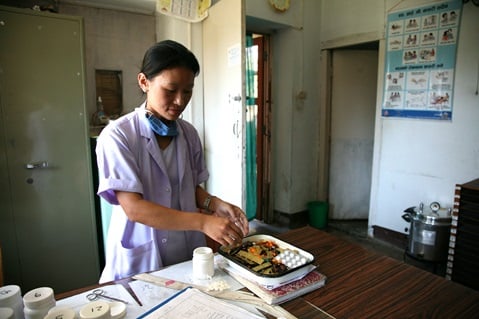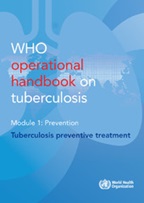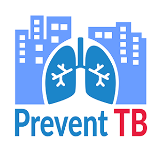Nepal Anti-Tuberculosis Association (NATA) in Kathmandu on 2 October 2007. NATA is a non-governmental organisation offering diagnostic and treatment services. Located on the premises are an out-patients clinic, a hospital and a laboratory.
Preventing TB
Tuberculosis (TB) infection is extremely common: an estimated one-quarter of the world’s population is infected. People with TB infection risk developing TB disease and this risk depends on multiple factors, the most important being the state of their immune system.
TB preventive treatment stops TB infection from progressing to disease in those who are infected and can protect both the individual and the community from TB. WHO develops guidelines and operational handbooks to accelerate increased treatment coverage in countries. Tools such as the Prevent TB platform support national health systems to strengthen their strategic information.
In addition, WHO supports countries to prevent TB infections through guidance and implementation of infection prevention and control measures. These measures are critical in situations where the risk of TB transmission is high, such as health-care facilities, congregate settings and TB-affected households.
WHO also promotes preventive action through early screening and treatment for active TB, by addressing co-morbidities and health risks as well as social determinants of the disease, and by promoting access to universal health care.
Additionally, WHO advises and guides the TB vaccine development activities of the global research community through scientific consensus-building, guidance on vaccine evaluation, and assessment of the evidence base for policy recommendations.











